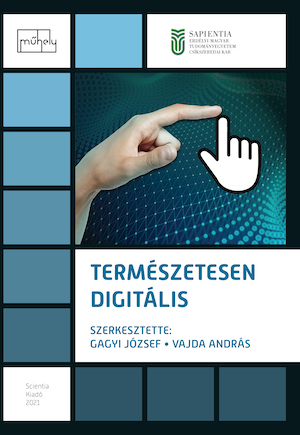AZ IKT OKTATÁSBA VALÓ INTEGRÁLÁSÁNAK KORLÁTAI – KATEGORIZÁLÁSA BALANSKAT ALAPJÁN
LIMITATIONS OF INTEGRATING ICT IN EDUCATION – BASED ON BALANSKAT’S CATEGORIZATION
Author(s): Judit Gedő
Subject(s): Distance learning / e-learning
Published by: Scientia Kiadó
Keywords: ICT in education; Balanskat's categorization;
Summary/Abstract: Information and Communication Technology, or ICT for short, is an integral part of our lives and is slowly claiming a place in every single segment thereof. The situation is similar for education, and we cannot overlook the topicality and importance of the situation, as the use of ICT equipment in teaching is becoming more and more problematic, as it is becoming a requirement, offering numerous opportunities and difficulties, and it is also closer to the generation of children, while teachers are finding it difficult and have a negative attitude. We must not forget the fact that it is teachers who teach pupils to use ICT tools correctly, safely, and purposefully. In a complex implementation process, account must be taken of the barriers that prevent teachers from using the equipment. There are many barriers. These include a lack of tools, time, training, and technical support to use them, or negative teacher attitudes. There are several classifications of barriers that help in analyses and research design, as in mine. The Research Programme The impact of media on children and young people has given me the opportunity to investigate barriers to ICT integration through interviews. I wrote out a number of statements about the tools, which I analysed at several levels. At this stage, I will only describe one level of analysis, which is related to the categorization of ICT barriers by Balanskat et al. (2006), which refers to barriers at the micro, meso, and macro levels. I will present the three levels and discuss some of the results of the analysis of the interviews.
Book: Természetesen digitális
- Page Range: 93-102
- Page Count: 10
- Publication Year: 2021
- Language: Hungarian
- Content File-PDF

